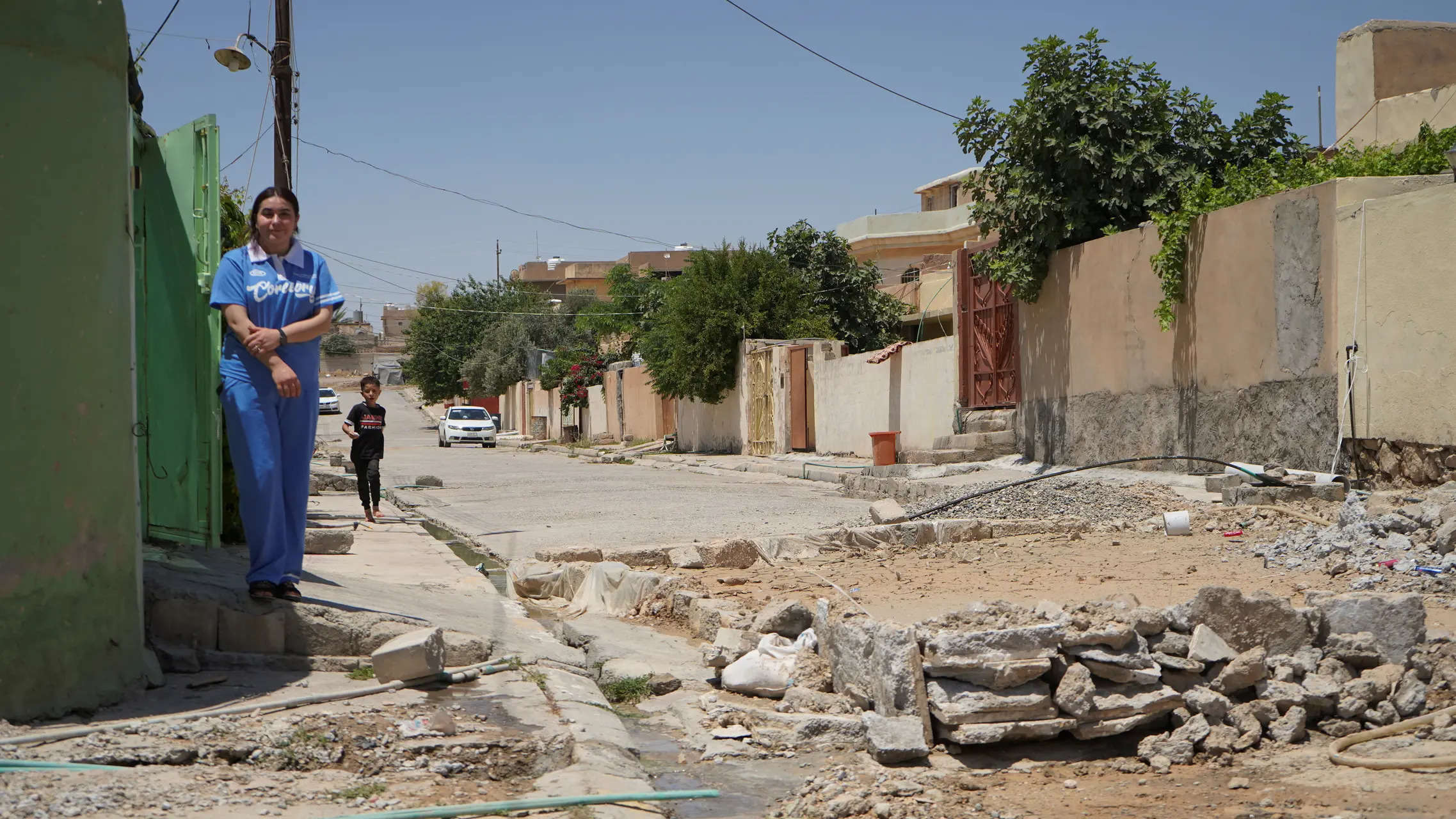
IT IS universally recognized that the main problem of the Philippine agricultural sector is its low productivity compared to neighboring countries. However, there is no consensus among our policymakers and politicians as to what measures need to be implemented to trigger high and sustained growth.
Based on my more than 40 years of being a student and mentor of agricultural development, intellectual exchanges with agricultural scientists at UP Los Baños and other universities, and my decades-long exposure to the workings of our Department of Agriculture (DA), below are key triggers (not in the order of priority) that can jumpstart the development of our agricultural sector.
One, farm clustering and consolidation is indispensable. Ideally, the agricultural land market should be restored. But given the existence and protracted implementation of the agrarian reform law, the second-best option is to cluster our small farms (which average around a hectare) to enjoy economies of scale.
Only then will we be able to efficiently use modern farm machineries and technologies while at the same time planting a uniform variety for easier processing and marketing. It will also facilitate the delivery of government services, as it will not deal with hundreds and thousands of individual farmers but with their cooperatives or associations.
Two, it is imperative that a robust (properly validated) Registry System for the Basic Sector of Agriculture, or in layman's terms, a farmers and fishery registry, be completed. This will trigger reforms in the way by which the DA extends assistance to small farmers and fishers.
Instead of the DA procuring the materials (e.g., seeds, fertilizers, etc.), it can give the cash equivalent directly to the farmers'/fishers' ATM accounts. This will prevent corruption, which normally accompanies the procurement process, and facilitate the delivery of services to beneficiaries. In addition, it will develop markets for other brands as the recipients will buy only those agricultural inputs that are effective and no longer blame the government as the inputs bought are their choices.
Unfortunately, the current list has not been properly validated. There are many recipients who are not eligible, while many of those eligible are not in the list.
Three, the application of satellite imaging and digital technology to monitor farm operations will revolutionize our knowledge of the actual situation on farms. Provided high magnification satellite images, we will have real-time data on whether farms were planted, their planting density, damage and losses incurred in cases of natural disasters, and even the type of pests or diseases that hit crops. Satellite imaging will have to be accompanied by geo-tagging to determine the extent of damages or losses in each individual farm.
Armed with detailed and real-time data on ongoing farm operations, private insurance companies will be encouraged to participate in the crop insurance business. They will also expand our agricultural credit programs because lending institutions are assured that actual planting took place in the farms of farmers borrowing money from them.
Four is the need to wean our production programs and budgets away from rice to finance the development of agricultural products where we have a comparative advantage. The rice program eats up more than half of the total agriculture budget, leaving little for the development of other crops that are of higher value and for exports. This partly accounts for the drop in our agricultural export earnings over the last four decades.
In the livestock and poultry industry, an animal nutritionist will inform growers that there is a certain level by which the consumption-weight gain of an animal begins to plateau. Once reached, further feeding the animal will no longer result in significant weight gain. It is at that point when the animal should be sold to gain a higher profit and lessen cost.
The same is true for rice. We do not have ample natural resource endowments, besides an ever-growing population, to attain absolute self-sufficiency. Doing so will force us to irrigate marginal lands at an exorbitant cost, though the gains will be insignificant. Until we recognize this scientific fact, aim at a sufficiency level (e.g., 75-80 percent) where local production can meet demand in an efficient manner, and divert resources to the development of other crops where we have a comparative advantage, our agricultural sector will remain a laggard among peers in the region.
Five is the need for a clear strategy on how to engage and encourage the private sector to participate in agricultural development. There will be a need to examine myriads of regulatory measures that are supposedly meant to protect the public, animal and plant health but which are mainly based on populist precepts devoid of any scientific basis.
In addition, we need to formulate a research and development program and activities that support our agricultural exports (e.g., varietal improvement) and avoid funding esoteric studies of academicians and researchers that are meant for publication and are only useful in their promotion as a faculty member or researcher.
Finally, there will be a need to strengthen the capability of DA officials and staff and change their mindset that only the government can give a satisfactory solution to the problems besetting the agricultural sector and that doing so will require more funds for their respective agencies or programs. The main driver of economic growth is not the government, as its resources are limited. The bulk of resources are in the hands of the private sector and hence their active participation in the development process must be encouraged and facilitated.
The caveat here is that only technically qualified individuals with the country's interests in their hearts can do this mental shift. It is the height of foolishness to expect an engineer to treat a person with a medical illness. Similarly, we do not expect medical doctors to build houses and roads or lawyers to determine at what point will the economy run efficiently, as this is a task assigned to economists. Or do we?
(fdadriano88@gmail.com)
Read The Rest at :







